Water well drilling - projects and technologies
When purchasing a cottage or country plot for building a house or growing food, each owner first of all thinks about the possibility of communication. The very first in order of importance is to provide the site with a source of fresh water, since without water it is impossible to organize watering and carry out construction work.

To provide the site with fresh water, there are three possible solutions:
- connection to the central water supply system;
- digging a well;
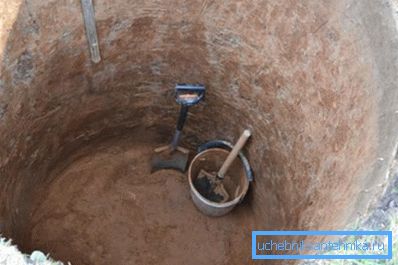
- well drilling.
In suburban areas, as a rule, connection to the central water supply system is impossible because of its absence. Digging a well can be a solution, but only if there is groundwater located close to the surface and there are no sources of pollution nearby.
The best solution would be to drill your own well, but it is far from always possible to drill it with your own hands because of the great depth or features of the soil.
About drilling
In the presence of a large house or a plot, a considerable amount of good quality water is required in order for it to be used not only for irrigation, but also for human consumption. The upper aquifers usually cannot provide adequate quality and have to drill more complex and deeper wells.
Drilling deep wells requires from the site owner a special permit, drawing up a draft of the future mine and the use of professional equipment, because of which the price increases significantly.
Project

The difficulty in creating deep wells is that drilling to a depth of more than 20 meters requires a special permit and preliminary project development. This project includes the technical characteristics of the source, its rules of operation, security measures and much more.
The drafting of the project includes such steps as:
- drawing up an estimate of the types of work and materials used;
- drawing up documentation on pumping, electrical and other equipment providing the work.
- documentation with calculations of the aquifer and its characteristics.
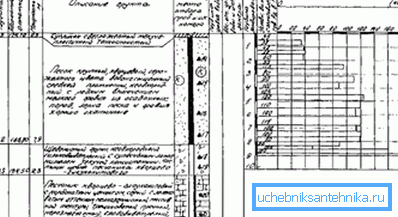
A completely ready and correctly composed project contains:
- a permit document for drilling a well for water with a description of all stages of the process;
- data on the organizational part of the event;
- estimates indicating the cost of all types of work, consumables and the total amount;
- documents describing well handling precautions, environmental regulations and sanitary regulations;
- technical passport for a well with indication of all its parameters;

- source and maintenance manual.

Types of modern wells
Modern wells can be divided into three types according to the depth of drilling:
- small (abyssinian) wells;
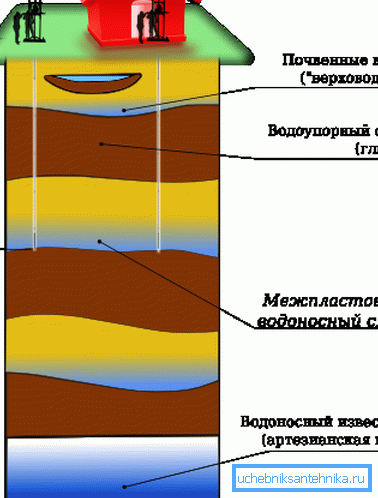
- medium (gerbil);

- deep (artesian).

The smallest Abyssinian wells in most cases can be drilled with their own hands, and their depth is no more than 10-12 meters. Such sources do not require a special permit, but the water quality is suitable only for irrigation or domestic needs.
Sources of average depth (gerbil) are currently considered the most popular and common type of well.
The depth of such mines, depending on the soil, can be from 15 to 30 meters and from a financial point of view they are considered the most optimal. Their lifespan averages from 15 to 30 years and when installing additional cleaning equipment, water is suitable for drinking and cooking.

For your information: Artesian springs are distinguished by exceptional purity of water and its large reserves. Such wells can reach depths of up to 250 meters and require the use of special equipment and professional teams that are specially trained in drilling water wells and have the necessary experience.
Drilling technology
The development of modern technologies has allowed us to develop a variety of drilling methods, each of which is designed for specific types of soil and depth of the mine.
The main ways today are:
- turbine;
- electric drill;
- screw;
- hydrodynamic method;
- diamond bur.
The turbine unit creates cyclic translational movements, transferring them to the bit, thus crushing the rock to be traversed. This method is used in solid soils, if necessary, bending the wellbore.

The electric drill is actually the same turbine, only the drive is carried out by an electric motor of high power, which can significantly increase the power and speed of the machine, but requires a source of electricity from 360 volts.
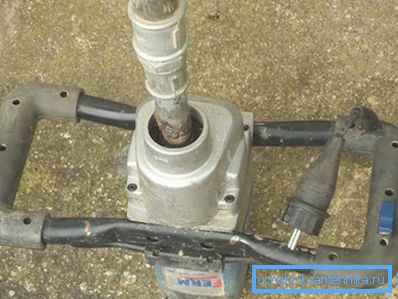
The screw device is most common when creating shallow sources in soft ground. The convenience of the method lies in the fact that the screw with screw blades, along the entire length of the drill, allows you to immediately bring the waste soil to the surface, which significantly accelerates the process of laying the well.

Hydrodynamic method (photo) is the destruction of passable rocks under high pressure of water or a special drilling fluid. However, this method can only be used on soft ground and does not allow to create the desired shape of the wellbore.
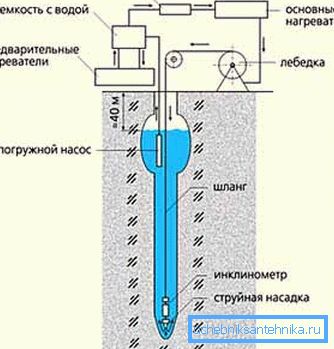
Diamond drill drilling is the most expensive method of laying a source through the use of expensive equipment. It is used to work with hard rocky rocks for laying deep artesian wells in stone aquifers.
Conclusion
To create a source of fresh water in your own area, it is recommended to contact specialized companies that have all the necessary equipment and have at their disposal qualified personnel who have been trained in water well drilling.
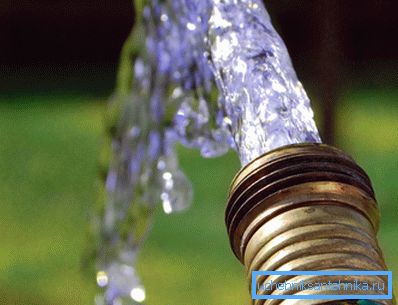
In most of these companies, the cost of work already includes the creation of an individual project for your site, the preparation of all the necessary documentation, the purchase of consumables and the creation of a working mine, completely ready for use. This will allow you to significantly save your own time and money.
And the video in this article will tell about it clearly, look!